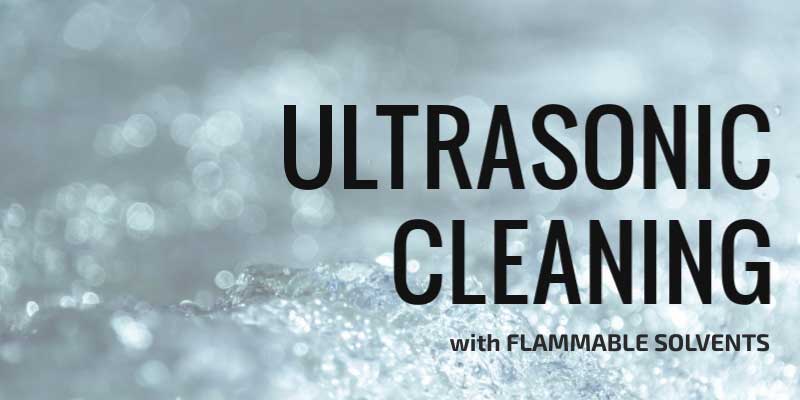Posts Tagged ‘Cleaning Solutions’
Using Acetone Solvent as an Ultrasonic Bath
Acetone, a solvent and thinner available in paint and hardware stores, carries on its container a warning that it is extremely flammable and quickly evaporates. These two characteristics are always important to users but particularly important when acetone solvent is used as a degreaser in ultrasonic bath for residue-free removal of contaminants. This post provides…
Avoid Product Damage by Ultrasonic Waves
While properly operated and controlled ultrasonic cleaning is generally safe for a wide range of products, the key criterion being “properly operated.” This is a combination of the cleaning solution composition, bath temperature and the ultrasonic frequency employed. The guiding factor is the items being cleaned and what is being removed.
Lab Applications for Ultrasonic Cleaning Equipment
Elma – the specialists for ultrasonic technology work in close cooperation with the customers to develop new ultrasonic cleaning processes for laboratory applications, such as analyzing, sample processing and cleaning of laboratory instruments. The range of our ultrasonic units is optimized for use in laboratories. The Elma units are indispensable both for research and for…



